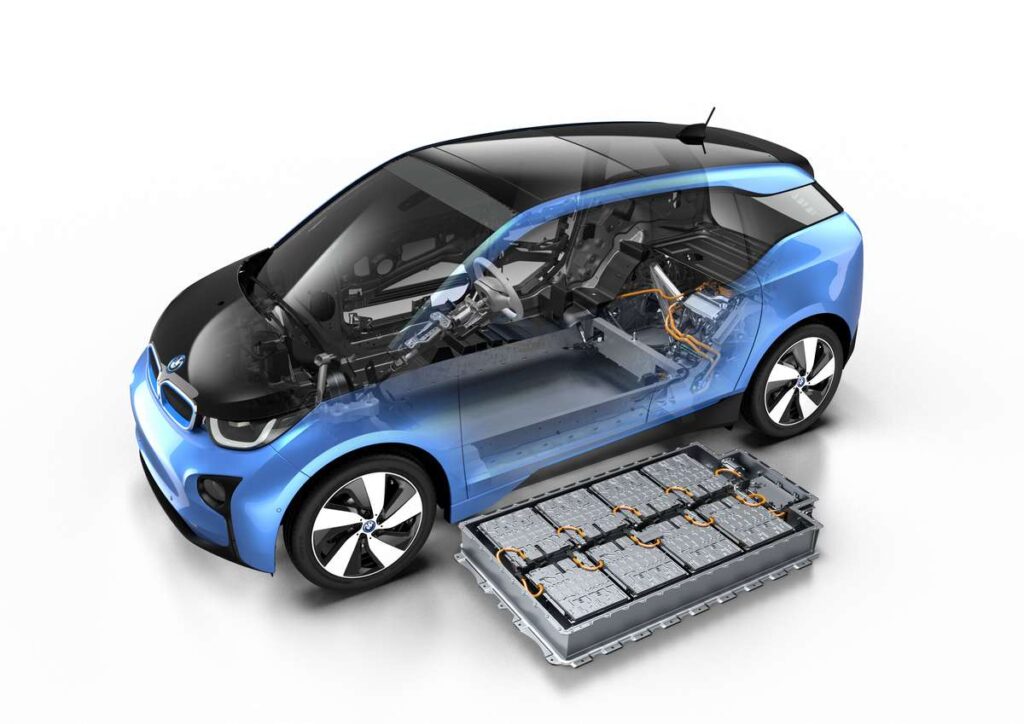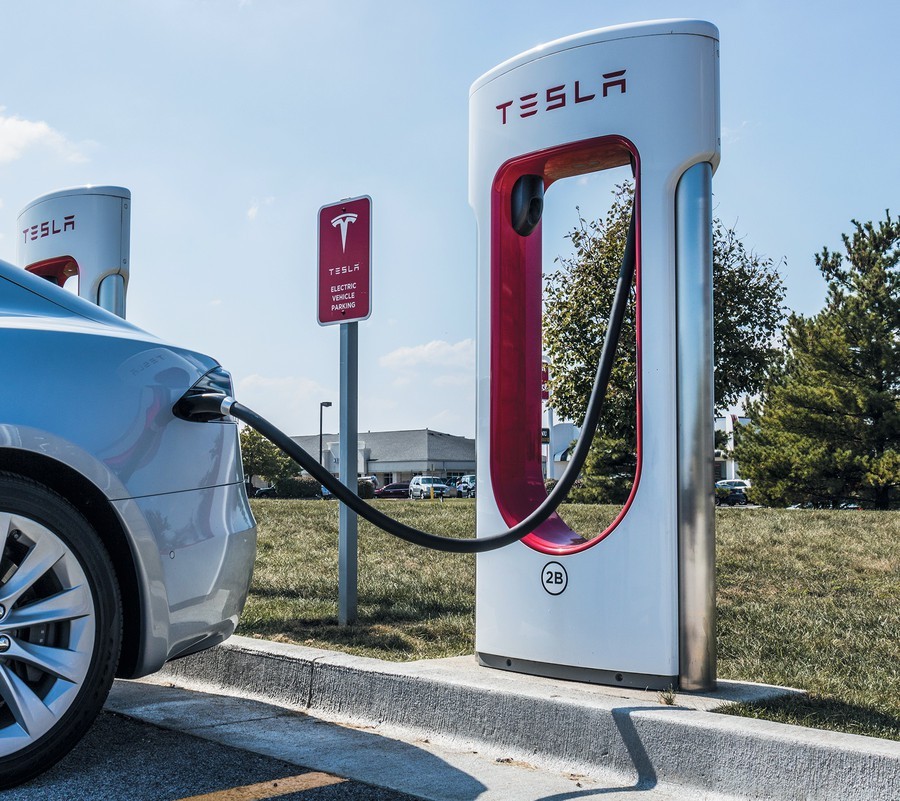
How are electric vehicle batteries recycled?
Electric vehicles (EVs) are growing in popularity due to their environmental friendliness and affordability. While their range on a full charge is steadily trying to catch up with gasoline-powered cars, the cost of owning one has become cheaper as demand grows and state and national governments reward would-be owners with tax breaks. While they are applauded for their sustainability, concerns remain about the long-term environmental impact due to the resources required to develop electric vehicles, especially batteries. Fortunately, these batteries, like traditional car batteries, are recyclable.
Most current electric vehicle batteries made from lithium-ion batteries only last seven to XNUMX years, and even less for larger vehicles. If the battery requires replacement outside of the vehicle warranty, this can be one of the highest maintenance costs an EV owner has to pay. Lithium-ion batteries are made from rare earth metals. The cost of their production and transportation can be high.
The first electric vehicles on the road were equipped with lead-acid batteries. 96 percent of the materials in a battery can be recycled after use. Later models are equipped with lightweight extended range lithium-ion batteries. Lithium-ion batteries, too worn out for driving, still have 70 to 80 percent charge. Even before they are sent for recycling, these EV batteries are often used as supplemental power sources to keep the electricity flowing evenly. They help solar and wind farms, as well as other places on the United States power grid. Elsewhere, old EV batteries are being used to power street lights, back up elevators, and as home energy storage.
How are lithium-ion batteries recycled?
Lithium-ion batteries that are sent to a recycling plant instead of or after being used as an additional source of electricity go through one of the following two recycling processes for reuse:
Grinding. If the battery is completely discharged, it is shredded so that the copper, steel and other metal components can be sorted out. These metal components are further processed, melted and refined for future use in other products.
Freezing. Batteries with remaining charge are frozen in liquid nitrogen and then broken into very small pieces. Liquid nitrogen makes demolition safe - none of the battery's reactive components react to shock. The remaining metal parts are then separated for reuse.
Where are electric vehicle batteries recycled?
It takes time to produce batteries for electric vehicles. The cost of production is a significant contributor to the cost of the car itself, although it declines as technology improves and consumer demand improves. Most companies provide a battery replacement warranty, and your old lithium-ion battery can be reused if taken to an appropriate recycling center.
The number of recycling centers equipped to recycle electric vehicle batteries is growing as more batteries in aging electric vehicles wear out. In the US, 3 notable companies working to efficiently recycle lithium-ion batteries include:
Redwood Materials: evaluates the environmental friendliness of materials and applies advanced recycling technologies.
Retriev Technologies: Over 20 years of experience in recycling over 25 million pounds of lithium batteries.
OnTo Technology: Produces high quality electrode materials to better serve the battery and environmental industries and reduce battery disposal costs.
Electric vehicle owners can rest assured that their vehicle's branded batteries are recyclable and are often repurposed for more energy-efficient use. They contribute to the energy supply of the home, for commercial purposes and to the overall energy system. In addition, their parts and components can later be disassembled and reused in future metal products.
